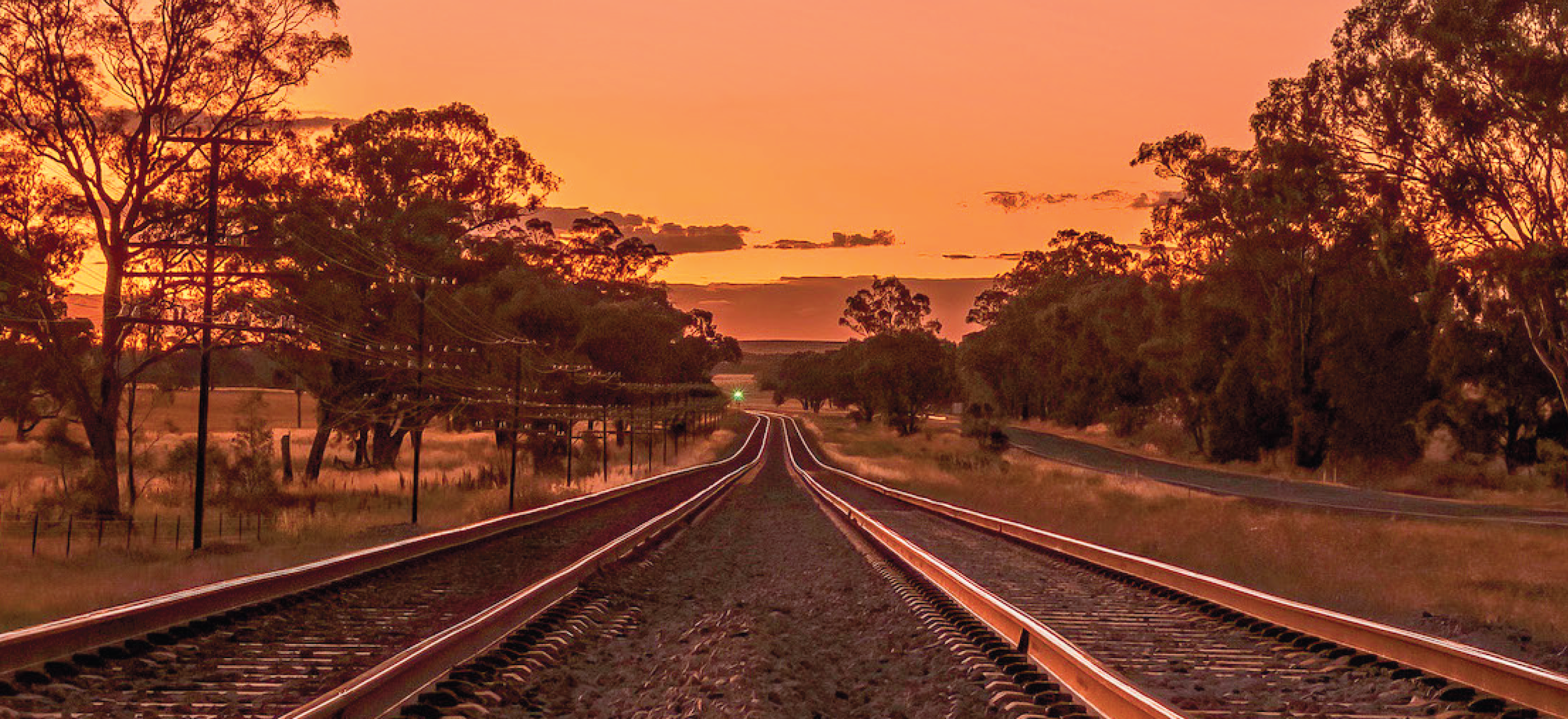
Introduction
We influence transport safety improvements for the greatest public benefit, through independent no-blame investigations and fostering safety awareness.
The Australian Transport Safety Bureau (ATSB) is Australia’s national transport safety investigator. In rail, we collaborate with the Office of Transport Safety Investigations (OTSI) in New South Wales and the Office of the Chief Investigator (OCI) in Victoria for investigations in those States.
Why are safety investigations important
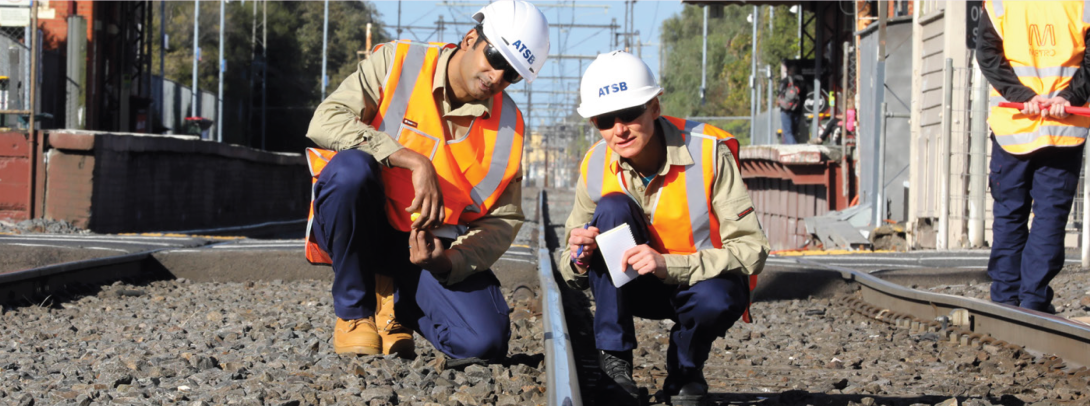
Ensuring the safety of rail travel is integral to growth in patronage, economic contribution, innovation, and sustained investment. There is a significant public benefit in avoiding rail accidents and incidents (occurrences). The ATSB aims to prevent future occurrences by ensuring lessons are learned and safety improvements are made through independent, evidence-based, no-blame investigations, providing assurance that systems are operating safely through growth and change.
What are no-blame investigations
We do not investigate for the purpose of taking administrative, regulatory, or criminal action.
The Transport Safety Investigation Act 2003 (TSI Act) guards against the inappropriate use of evidence gathered in ATSB investigations in legal proceedings. This gives those directly involved in an occurrence greater confidence that they can provide open disclosure in the interests of safety.
Why are we independent
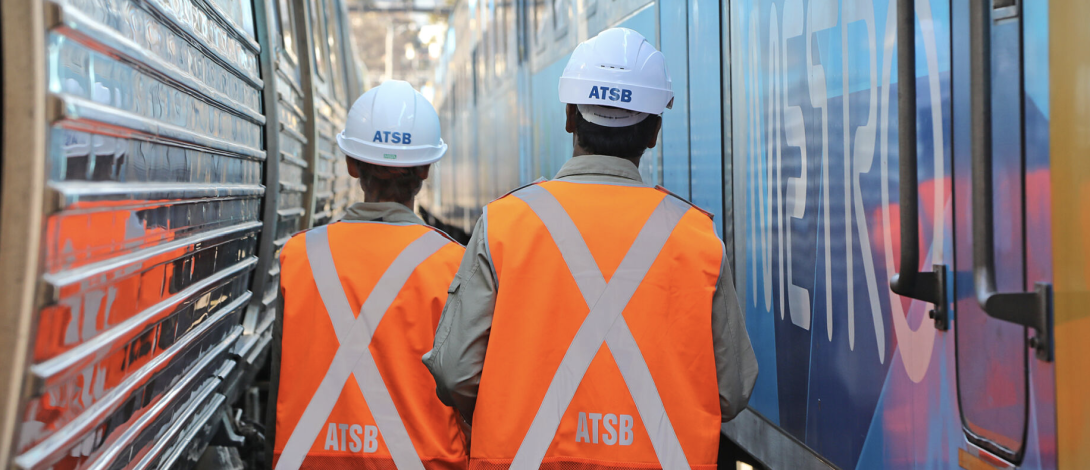
The ATSB is independent of rail transport operators, the Office of the National Rail Safety Regulator (ONRSR), the Rail Industry Safety and Standards Board (RISSB), the Australasian Railway Association, unions, and government policymakers. Unconstrained by conflicts of interest, we report publicly. Our independence means we do not have powers to force organisations to take safety action. Instead, we seek to influence by engaging with our stakeholders, widely communicating our findings, and sharing safety information.
How are we different from others
Depending on the circumstances, ONRSR, the police, work health and safety regulators, and coroners may also investigate. The investigation remit of the ATSB, OTSI and OCI is distinct from these organisations. For example, ONRSR undertakes compliance investigations and may employ enforcement mechanisms. In contrast, we investigate and report on systemic safety issues involving risk controls in the rail transport operator, standards, and regulatory frameworks. Safety action taken in response reduces the risk of future occurrences.
Resourcing
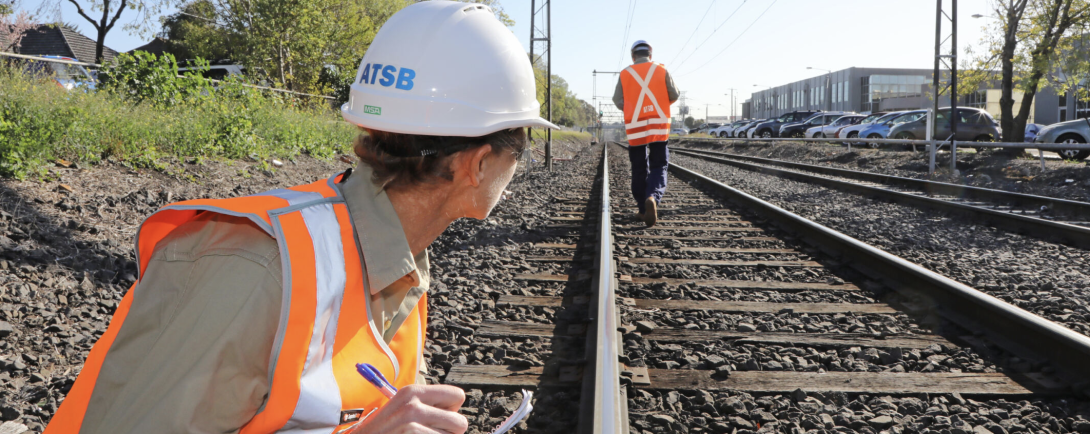
ATSB rail safety investigations rely on a combination of funding and resourcing from the Commonwealth and State governments. In addition to the collaboration arrangement we have in New South Wales and Victoria, the Queensland Government provides funding for ATSB investigations in their State. Other States and Territories have not opted into similar arrangements. We are working with governments to provide future certainty around resourcing for a national capability.
Deciding to investigate
The ATSB receives approximately 160 notifications of investigable occurrences each year. Investigation resources are prioritised to investigate occurrences likely to have the greatest public safety benefit through lessons learned.
The ATSB considers:
- the availability, including extant tasking, of ATSB rail resources
- whether the track is part of the interstate network
- if the track is off the interstate network, whether the relevant State or Territory provides funding
- whether OTSI or OCI will commit existing resources under the Commonwealth TSI Act
- the prioritisation given to mainline passenger operations and then freight and other commercial operations
- the severity of the occurrence and anticipated safety outcomes of the investigation.
The severity of the outcome, such as deaths, injuries and damage, does not necessarily indicate the extent of the anticipated safety outcomes. It is important that the ATSB considers near miss occurrences for investigation. The factors that led to the near miss might reveal safety issues that, left unaddressed, could lead to a catastrophic accident in the future.
The criteria above is important for decision-making as the ATSB is currently only able to commence a limited number of investigations annually with its available resourcing.
ATSB analysis model
The analysis model is used to identify and assess the existence and influence of safety factors in relation to an accident or incident. A safety factor is an event or condition that increases safety risk. It is something that, if it occurred in the future, would increase the likelihood of an occurrence, and/or the severity of the adverse consequences associated with the occurrence.
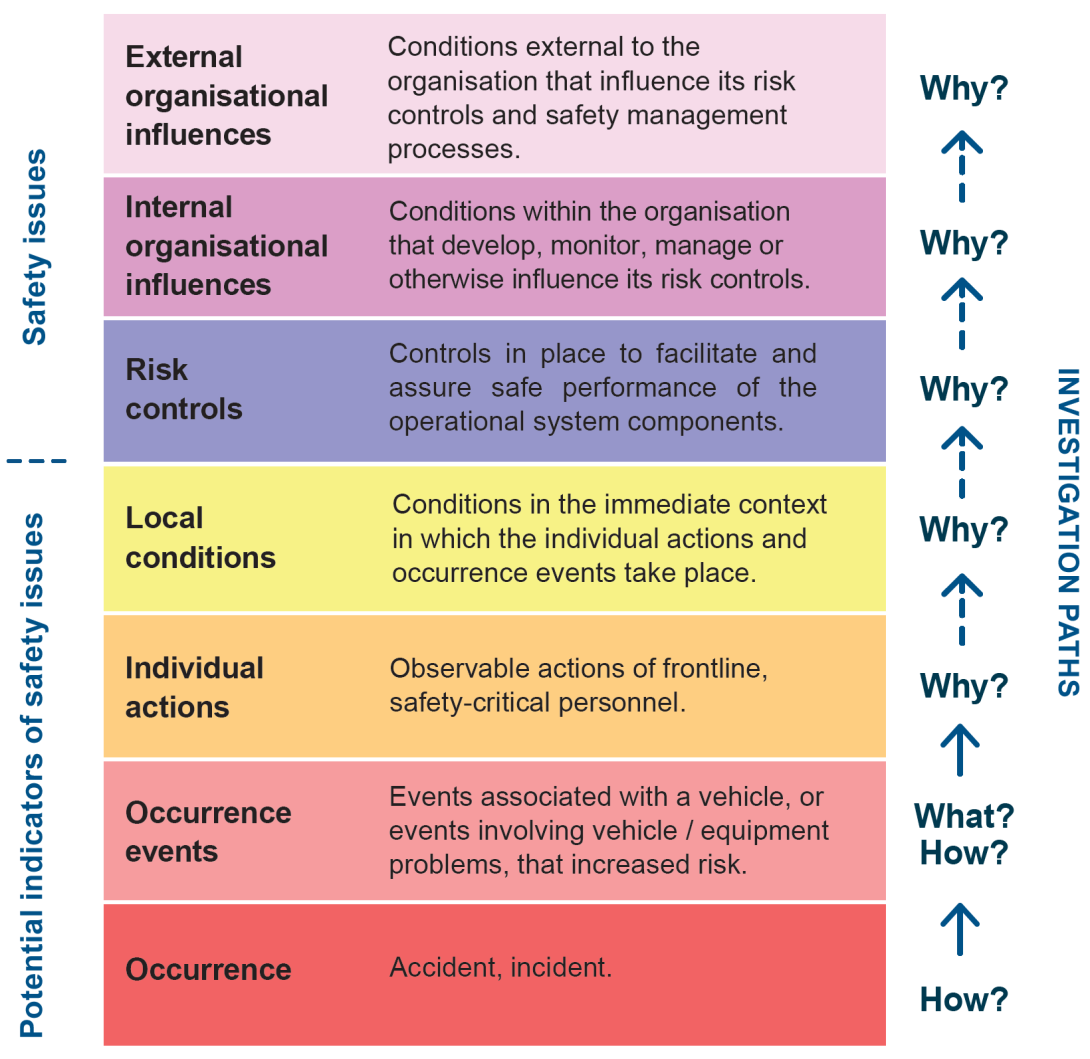
ATSB findings
Safety factors in ATSB reports are classified based on whether they are contributing factors or other factors that increased risk. Both types of findings can be safety issues.
Contributing factor
A safety factor that, had it not occurred or existed at the relevant time:
- the occurrence probably would not have occurred, or
- the adverse consequences associated with the occurrence probably would not have occurred or have been as serious, or
- another contributing factor would probably not have occurred.
Other factor that increased risk
A safety factor that did not meet the definition of contributing factor but was still considered to be important to communicate in an investigation report in the interests of improved transport safety.
These findings expand the potential for safety enhancement through the identification of more safety issues and also other factors that can provide lessons or reminders to the industry.
Safety issues
Safety issues should be rectified to enhance safety. If not addressed they warrant a safety recommendation. They are safety factors that:
- can reasonably be regarded as having the potential to adversely affect the safety of future operations
- are a characteristic of an organisation or system, rather than an individual or operational environment at a specific point in time.
Scope and engagement
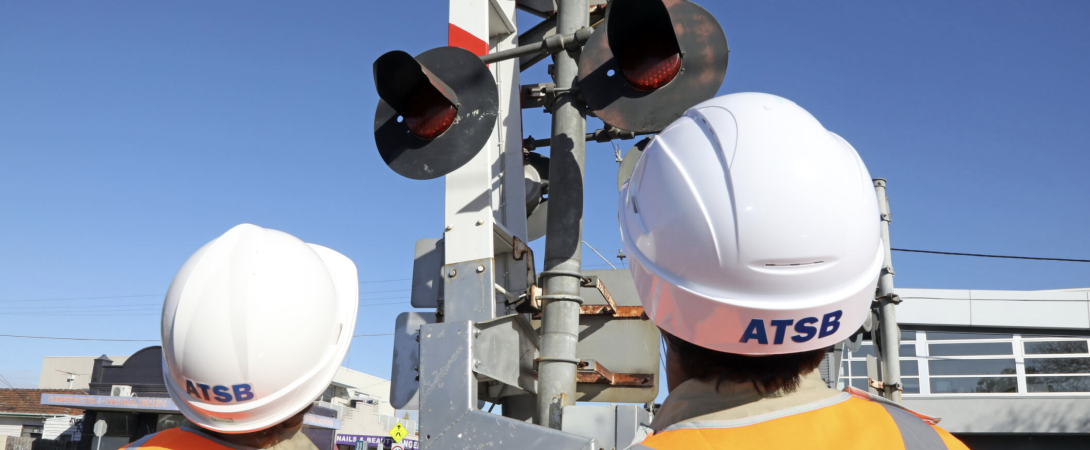
The complexity and length of time of an investigation varies. Investigations focused on factors proximal to the occurrence event might take 6 months. In-depth investigations examining systems relating to rail transport operators, manufacturers, regulators, standards authorities and different levels of government could take at least 2 years. Complexity can arise from the number of parties involved, the technical nature of the investigation and the availability of evidence.
The ATSB classifies its investigations as ‘short’, ‘defined’ and ‘systemic’. If warranted for safety, a short factual summary, an ‘occurrence brief’, might be published where the ATSB does not investigate. The ATSB may also publish a safety study, which is an investigation of multiple occurrences of a similar nature or an emerging safety issue.
The ATSB engages with parties involved in an occurrence throughout the investigation process. They will receive updates on safety findings before
the report is published and have an opportunity to comment on the draft report.
For defined and systemic investigations, and some short investigations, the ATSB releases a preliminary report with factual information within 1–4 months of the occurrence. Interim factual reports may also be released for investigations that require time to address complex issues.
Reporting on safety action
Any systemic safety issues identified will be notified, prior to the completion of the investigation, to an accountable organisation for the issue.
The ATSB will publish advice of safety action taken, or proposed to be taken, in response. Ideally, this will occur when the final report is published, providing positive safety messaging for the organisations involved.
Recommendations are normally only made where safety issues are not adequately addressed or are not proposed to be adequately addressed.
After the final report is published, the ATSB will continue to follow up on open recommendations and unaddressed safety issues to influence safety action.
At any time during an investigation the ATSB may release a Safety Advisory Notice to communicate a standardised message encouraging improvement or adherence to best practice.
New communication methods
The ATSB is increasingly using new mediums to communicate information. These mediums include video messaging accompanying our reports.
The videos incorporate footage from the occurrence, animations and voice overs with a discussion of the ATSB's findings.
Messaging in this format is accessible to a broad audience.
Recent investigations

Freight train derailment (RO-2022-003)
A freight train, derailed on track overtopped by floodwaters at Traveston, Queensland.
The weather and night time conditions impeded the driver's visibility of the track ahead. There was insufficient distance to stop the train when the driver sighted the scoured track area.
An environmental monitoring station at Traveston had generated a critical flood alarm prior to the accident. However, the warning was not displayed at the relevant workstation at the Rail Management Centre.
Email and text message alerts had not been correctly configured, with key personnel details left empty. The operator’s training program did
not ensure personnel at the Rail Management Centre proactively monitored an adverse weather event or responded to information of a condition that could present a hazard to train movements.
The report's 12 findings included 4 safety issues. In response the network operator has taken action aimed to improve alarm notification systems, training programs, equipment serviceability protocols, and operational procedures to manage adverse weather events.
XPT derailment (RO-2020-002)
This investigation was led by the OCI with collaboration from the ATSB and OTSI. The speed of an XPT passenger train exceeded the infrastructure design contributing to its derailment at Wallan, Victoria.
The driver and an accompanying qualified worker did not survive. Eight passengers had serious injuries and a further 58 persons sustained minor injuries.
The report’s 29 findings included 15 safety issues. The safety issues were allocated to the train operator, rail infrastructure manager, a contractor and the Rail Industry Safety and Standards Board (RISSB). Safety actions included improvements to risk management and new procedures addressing the receipt by drivers of critical safety information.
RISSB also committed to considering the outcomes of the investigation in a review of Australian Standards for body structural requirements (locomotive) and crew access and egress in the event of a rollover.
Level crossing safety study (RS-2021-001)
On a ‘per vehicle’ and ‘per kilometre travelled’ basis, the study found heavy vehicles are more frequently involved in level crossing collisions compared to light vehicles.
The study identified several themes in 49 level crossing collisions. Factors in collisions included: the regularity of the heavy vehicle driver using the
crossing, driver distraction and focus of attention, obstructed views, visual conspicuity of trains, and drivers intentionally entering crossings with
the objective of proceeding prior to the arrival of the train. In a large majority of accidents at passive-controlled crossings, the heavy vehicle driver probably did not detect the train or detected the train too late to avoid a collision.
The study’s safety messaging noted the possibility of the future use of engineering controls that alert road users to a requirement to stop. The findings included a safety issue for Standards Australia related to the standards for safe stopping distances not accounting for the likelihood of drivers detecting the level crossing ahead based on the normal visual focal points while they negotiate a curved road. Standards Australia is conducting a review.
Further reading and resources
Filter through our rail investigation reports: Rail investigations | ATSB
ATSB's YouTube channel: www.youtube.com/@atsbgovau
REPCON voluntary and confidential reporting: www.atsb.gov.au/voluntary


